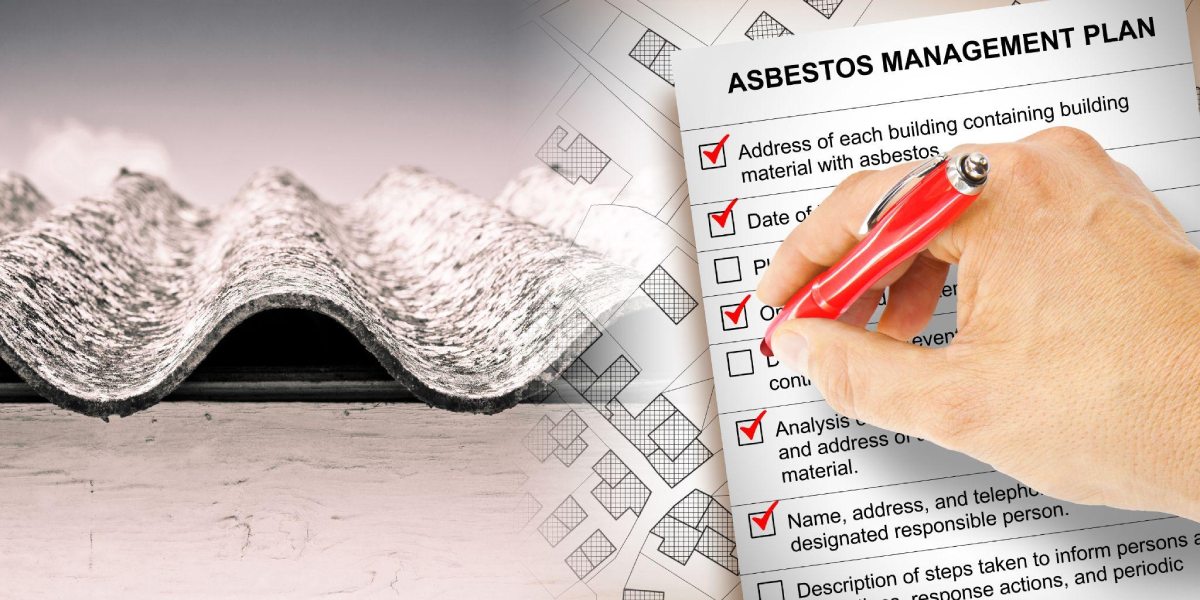
Asbestos can be one of the most dangerous substances in your home. Previously used as a building material as insulation and as a fire retardant, the dangers of asbestos are now well-documented.
Though there are safer alternatives used in modern construction practices, the truth is that older buildings still contain a fair amount of asbestos.
To help keep your loved ones safe, this brief guide will explain what you need to know about asbestos to stay safe in your home.
What construction products contain asbestos?
Asbestos is a mineral fiber that is present in rock and soil. Due to asbestos’ fiber strength and ability to withstand high temperatures, asbestos was used in a variety of building construction materials in the past. Some of the most common usages include:
- roofing shingles
- ceiling and floor tiles
- paper products
- asbestos cement products
- And much more
While most asbestos in buildings can be abated by encapsulation, asbestos fibers can be released into the air when disturbed.. Instances where asbestos fibers are likely to be released:
- During product use
- Demolition work
- Building/home maintenance, repair, and remodeling.
Generally speaking, exposure to asbestos can occur usually when the asbestos-containing material is disturbed or damaged in some way. Once disturbed, particles and fibers are released into the air and can travel throughout your home.
Where is Asbestos Commonly Found in the Home?
The following are some of the most common locations and applications in your home where asbestos may be present:
- Attic and wall insulation that contains vermiculite
- Vinyl floor tiles (including the backing on vinyl sheet flooring and adhesives)
- Roofing and siding shingles
- Textured paint and patching compounds used on walls and ceilings
- Walls and floors around wood-burning stoves (most commonly protected with asbestos paper, cement sheets, or cement sheets
- Hot water and steam pipes coated with asbestos material or covered with an asbestos blanket or tape
- Oil and coal furnaces and door gaskets with asbestos insulation
- Vehicle clutches and brakes
- Heat-resistant fabrics
Negative Health Effects From Asbestos Exposure
In general, the greater the exposure to asbestos, the greater the chance of developing harmful health effects such as lung disease. Some of the most common health effects associated with asbestos exposure include:
- lung cancer
- mesothelioma – Learn more about mesothelioma by visiting Mesothelioma Guide.
- asbestosis
Disease symptoms may take many years to develop following exposure. This means that failing to address an asbestos problem through abatement can lead to serious health effects even if you move to a new home.
What to Do If You Have Asbestos in Your Home
It’s difficult to tell whether a material contains asbestos simply by looking at it. However, if you suspect that a material contains this hazardous material, treat the material as if it contains asbestos and leave it alone until it can be properly evaluated.
The following are best practices for your family if you suspect asbestos is in your home:
- Keep activities to a minimum in any areas having damaged material that may contain asbestos
- Take every precaution to avoid damaging asbestos-containing material.
- Do have removal and major repair done by a trained and accredited asbestos professional.
Here is what you should not do if you have asbestos in your home:
- Don’t dust, sweep, or vacuum debris that could possibly contain asbestos.
- Don’t drill, scrape, saw, or in asbestos-containing materials.
- Don’t sand or try to level asbestos flooring or its backing.
- Don’t use abrasive pads or brushes on power strippers to strip wax from asbestos flooring. Never use a power stripper on flooring that may contain asbestos.
- Don’t track material that could contain asbestos through the house. If it is not possible to avoid walking through the area, clean the area with a wet mop.
How to Hire a Professional Asbestos Inspector
Asbestos Inspectors can help homeowners learn whether their home has asbestos. Inspectors perform a number of functions:
- Inspect a home or building to assess conditions.
- Take samples of suspected materials for testing.
- Provide a written report describing the location and extent of asbestos materials in the home.
- Advise homeowners on what corrections are necessary.
- Ensure that the corrective-action contractor follows proper procedures.
How to Hire an Certified Asbestos Abatement Contractor
Certified Asbestos Abatement Contractors are professionals that can repair or safely remove asbestos materials. Asbestos contractors generally follow these procedures:
- Avoids spreading or tracking asbestos dust into other areas of your home.
- Disposes of all materials, disposable equipment and clothing used in the job in sealed, leak-proof, and labeled heavy-duty plastic bags.
- Repairs asbestos by covering it, encapsulating it, or removing it entirely.
- Clean the entire area thoroughly with wet mops, wet rags, sponges, or HEPA vacuum cleaners.
- Applies a wetting agent to the asbestos material that ensures that wet fibers do not float in the air as easily as dry fibers and will be easier to clean up.
- Ensures the work site is clearly marked as a hazard area, sealing the work area from the rest of the house using plastic sheeting and duct tape, as well as turning off the HVAC system.
Professional Asbestos Abatement from Tacoma Abatement Company
If you have discovered asbestos in your home, leave it to Tacoma Abatement Company to safely remove asbestos materials from your home. Our expert technicians follow all best-practices and precautions to efficiently remove this hazardous material to keep your family safe. Contact us today to schedule your next asbestos consultation.



